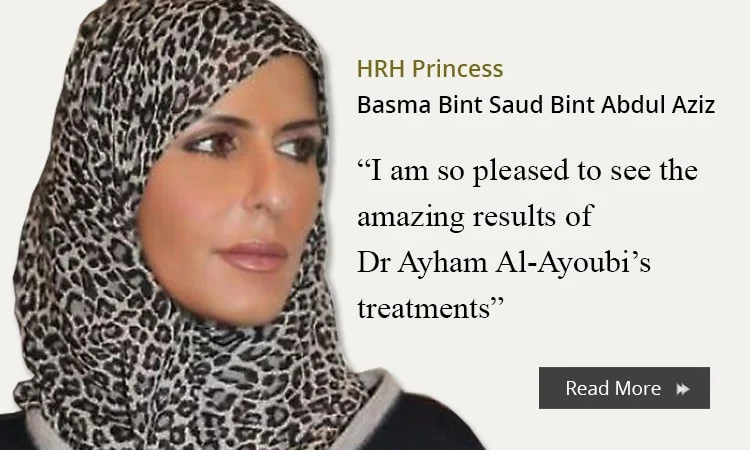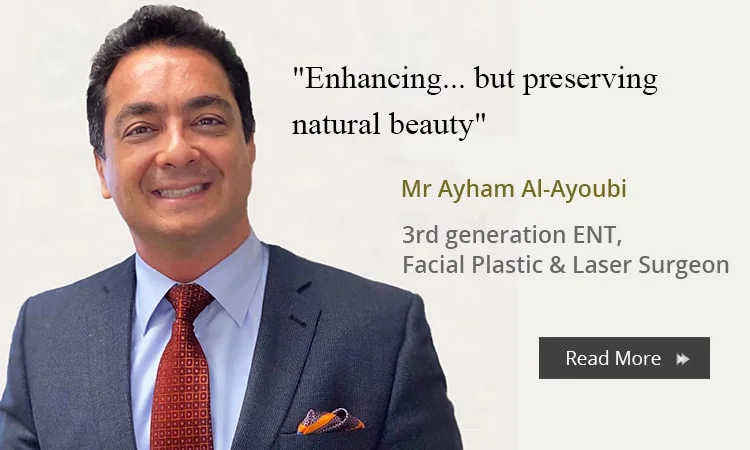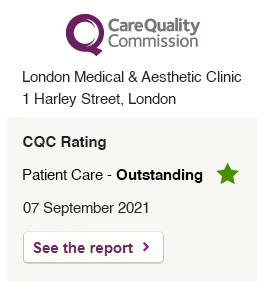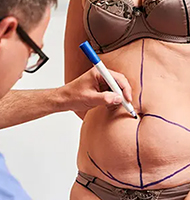Read more about Microdermabrasion
Our skin has two main layers. The topmost layer is known as the stratum corneum which comprises of dead skin cells on top of another layer of cells that are going through the process of maturing. This layer comes in the contact of the outside world and acts as a barrier. With Microdermabrasion, the top layer of skin is removed by light abrasion revealing a younger softer and more radiant skin.
Microdermabrasion at 1 Harley Street is performed with a jet of micro crystals vacuumed with a hand piece across the skins surface to remove the dead and damaged cells. The therapist or plastic surgeon can control the strength of the abrasion.
Where can Microdermabrasion be used?
Microdermabrasion can be used for :
- Brown spots
- Shallow acne scars
- Sun-damaged skin
- Dull or ageing skin
- Acne-prone or blotchy skin
- Fine lines
- Wrinkle Reduction
- Sun damaged skin
- Removal of superficial pigmentation & age spots
- Enlarged/Oily pores
- Adjunct to cosmetic surgery
- Acne scar reduction
- Stretch Marks
- Blending post lasered skin – neck & décolleté
- Blackheads & whiteheads
- Actinic and sebaceous keratoses
- Post traumatic hyperpigmentation
This treatment can be done before or after other laser treatments such as laser hair removal.
How does Microdermabrasion work?
Your skin is made up of two main layers, the epidermis and the dermis. The epidermis is the layer closest to the outside world. It’s a set of dead skin cells on top of another layer of cells that are in the process of maturing. The topmost layer is called the stratum corneum. The stratum corneum mostly acts as a barrier between the outside world and the lower skin layers. It keeps all but the smallest molecules from getting through.
When you put lotions or creams on your skin, some of the moisture passes through the stratum corneum, but not all of it. This layer is home to many minor skin imperfections like fine wrinkle lines and blemishes.
All of the action in microdermabrasion takes place at the level of the stratum corneum. Since it only really targets the epidermis (and not the dermis), it is more accurate to call it micro-epi-dermabrasion. Affecting deeper layers of skin would be painful and harmful, and it would risk permanently embedding the tiny grains into the skin.
Also, without the stratum corneum acting as a barrier, medicinal creams and lotions are more effective because more of their active ingredients and moisture can find their way down to the lower layers of skin. As microdermabrasion temporarily removes some moisture from the skin, it is always followed by the application of moisturizing creams.
Early studies suggest that repeated microdermabrasion treatment at regular intervals may influence the way the lower layers of skin grow, as well, removing deeper blemishes over time. Some evidence seems to indicate that the rapid loss of skin moisture may be what triggers the lower skin layers to work overtime in speeding healthy cells up to the surface.
Who can benefit from Microdermabrasion ?
Microdermabrasion is good for all skin types.
Microdermabrasion is a mild treatment causing minimal damage to the surface of the skin. Results are subtle and include a freshening in the appearance and improvement in the texture of the skin, and a reduction in the appearance of fine lines or wrinkles.
Some stretch marks respond well to this treatment and some people can experience a reduction in the appearance of brown age spots on their skin.
Microdermabrasion is not suitable for deeper wrinkles and scars, deep hyperpigmentation problems (areas of darker pigment) or broken veins in the skin.
Possible side effects of Microdermabrasion
The treatment is usually painless and doesn’t irritate the skin greatly. All patients will experience some tightness and redness of the skin, which may last for an hour or two following treatment.
On occasions, redness or streaking of the skin may continue for a day or so and sensitive skin around the eyes can become swollen, but cold compresses will help to get rid of this side effect.
Deeper treatments aimed at scar tissue or stretch marks may produce some spotting of blood, with healing taking around 3 – 4 days.
There is a very small risk of mild pigment changes to the skin that generally clear up within a month, and the risk of any scarring is very rare with this procedure.














































